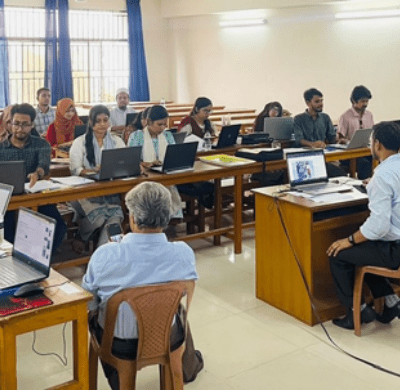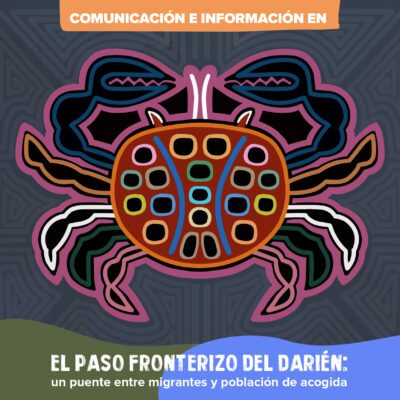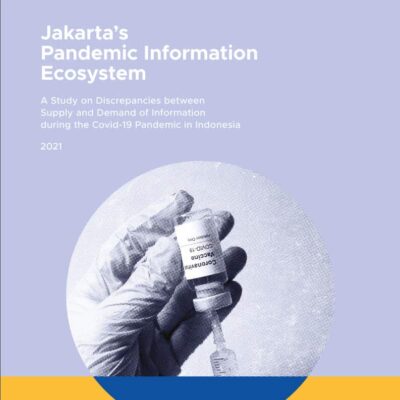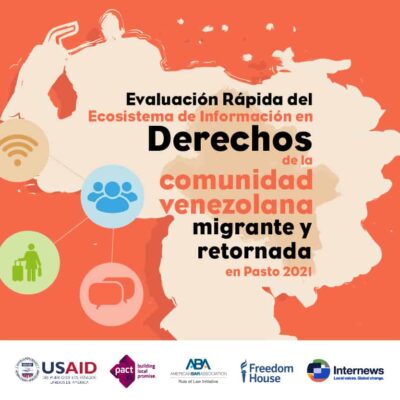Internews’ Information Ecosystem Model
Internews pioneering work on the concept of information ecosystems evolved out of our humanitarian response programs in the early 2000s and produced our first formal Information Ecosystem Analysis in 2014.
Today, the core of Internews’ organizational strategy is to improve the health of information ecosystems in the countries and communities where we work. Wherever societies are plagued by complex issues, healthy information ecosystems are essential for citizens to navigate and respond to those issues. Our research and program design are grounded in the Internews Information Ecosystem Model.
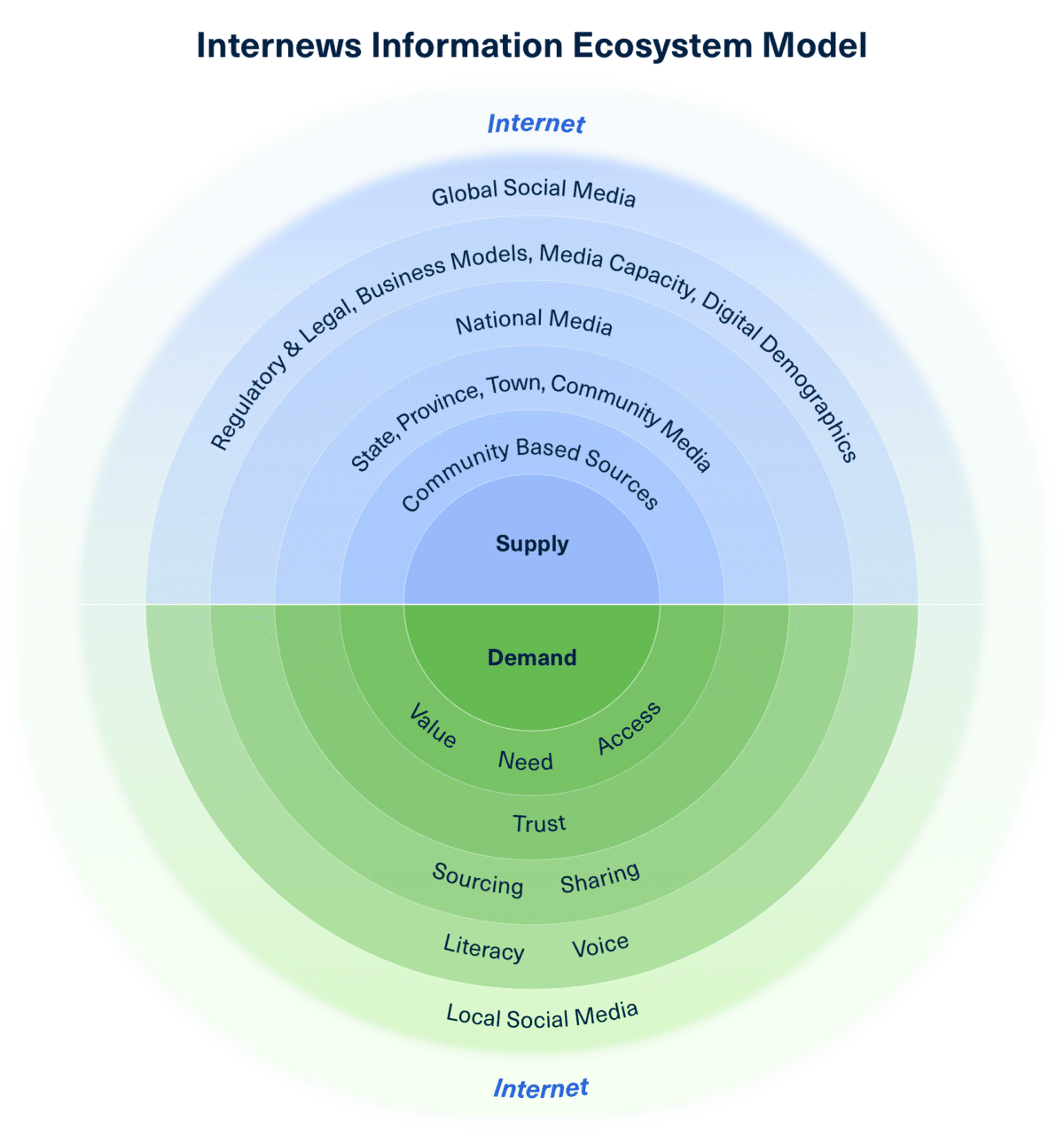
The Internews Information Ecosystem Model (IEM) considers information ecosystems to be more than just the network of news and media channels often referred to as the media ecosystem or the news ecosystem. Yes, the Internews IEM does include a traditional “supply side” view of the media landscape and media capacity, which includes components such as information infrastructure, tools, media, producers, consumer data, curators and sharers. The supply side has traditionally been where much of Internews work happens in support of media partners and other content creators.
However the IEM also conceptualizes the “demand side” of any information ecosystem, which we consider to be about more than just media audience data. The Model is unique in laying out ‘information behaviors’ that we consider critical to understanding the sometimes quirky and unpredictable relationship between people and their information supply. This demand side view is vital to designing work in media-dark, marginalized and information-poor communities where there isn’t an obvious supply of relevant media, or where media content doesn’t seem to “stick.” Understanding ‘information behaviors’ is also key to tackling one of the most pressing challenges of our times: the ecosystemic issue of mis and disinformation.
From this Model, we have identified seven key elements that together define the health of any information ecosystem. These elements underpin our theory of change.
